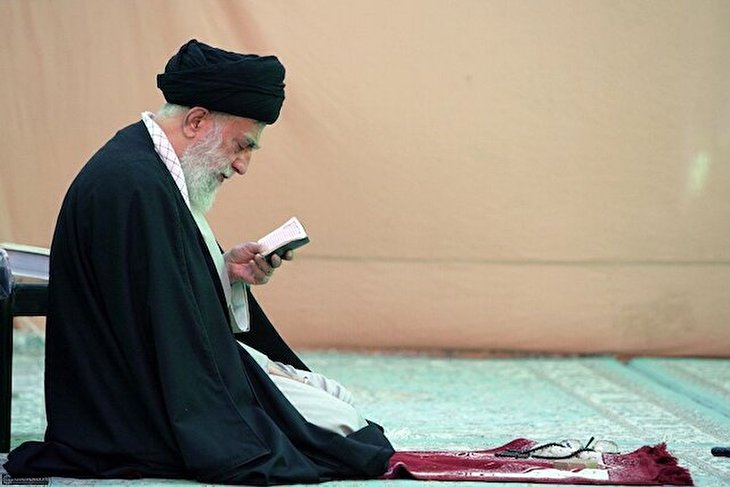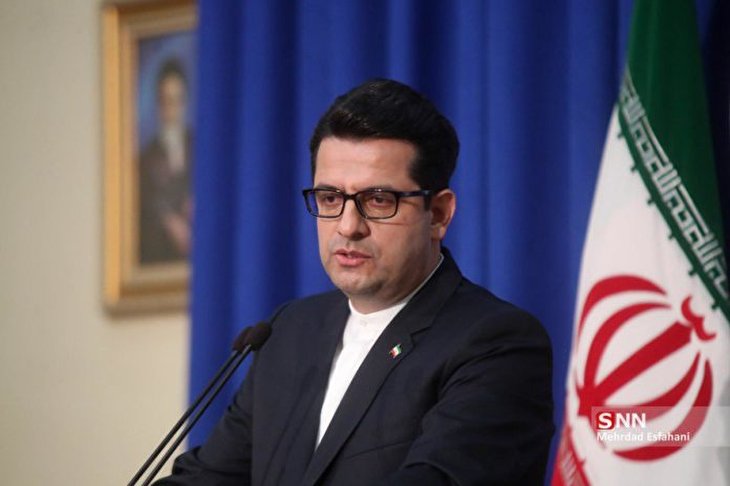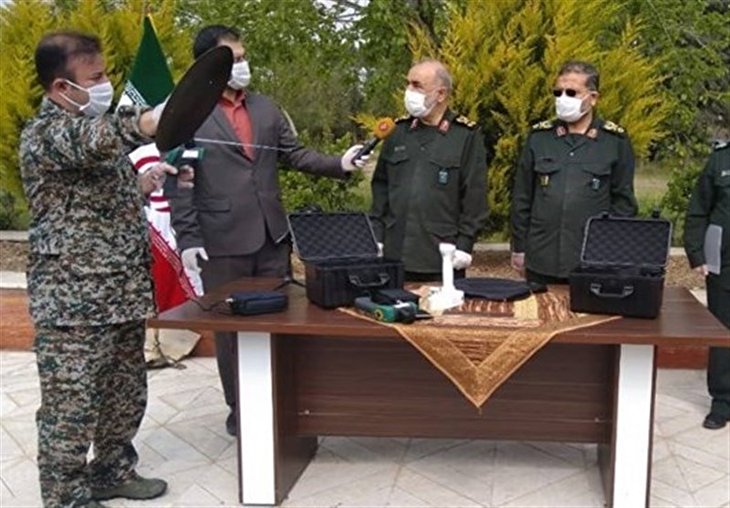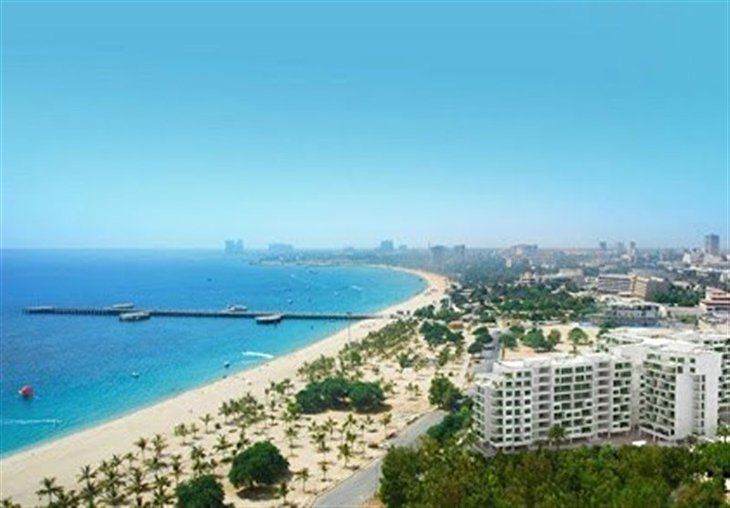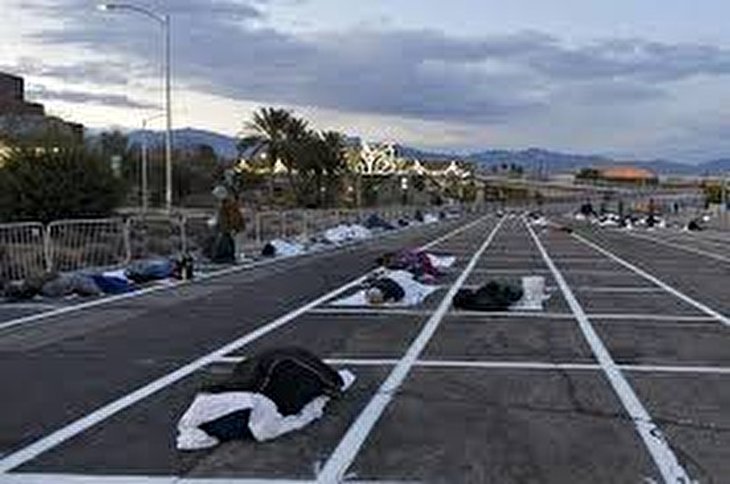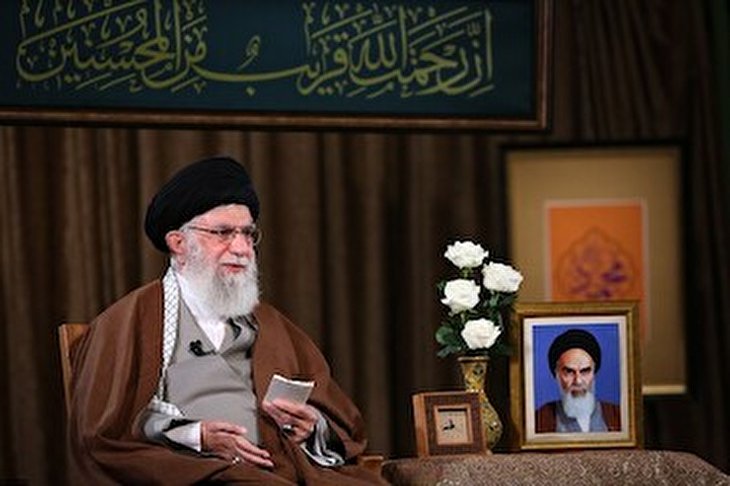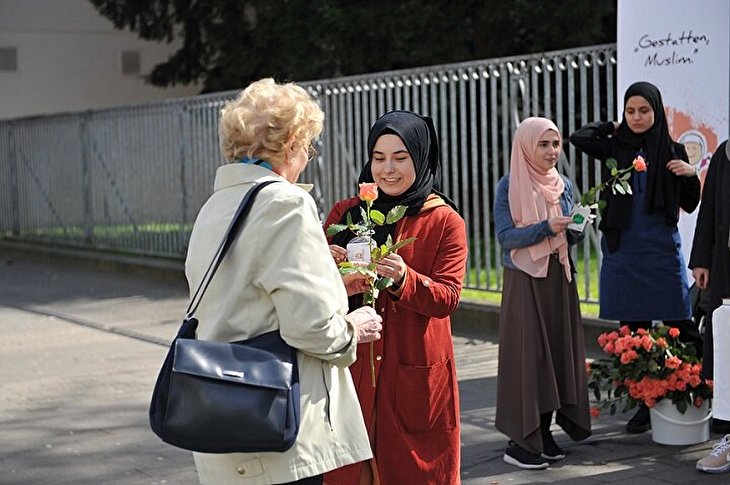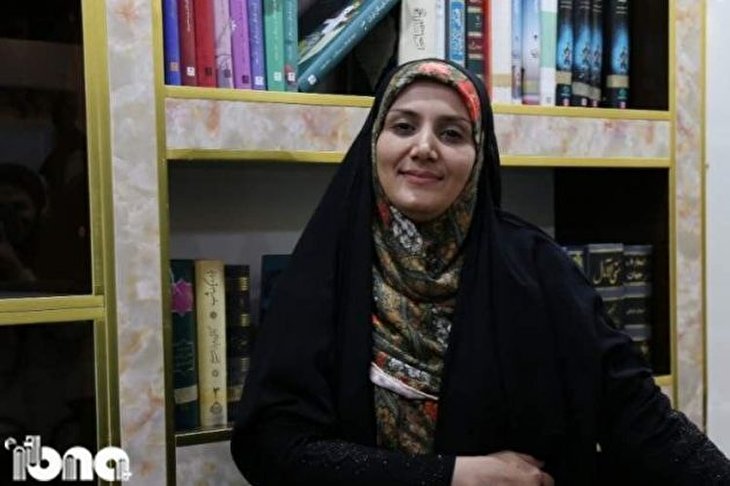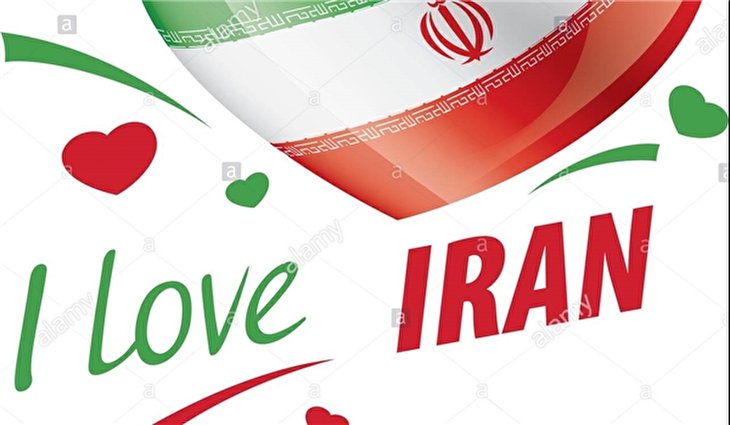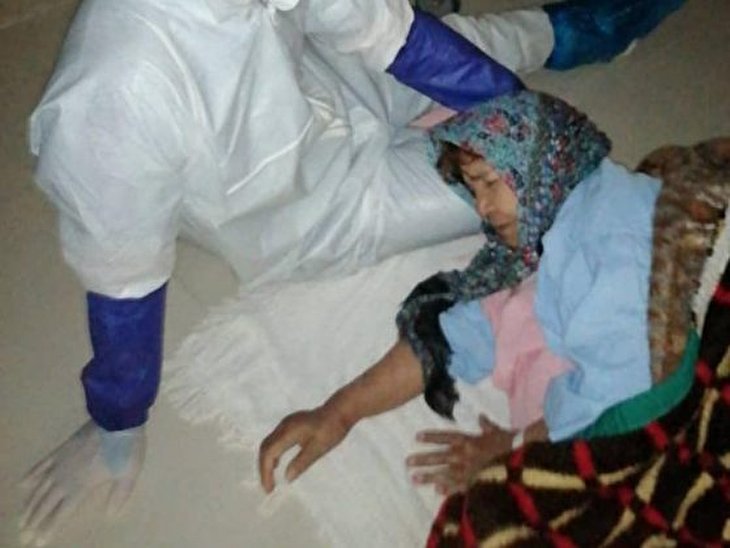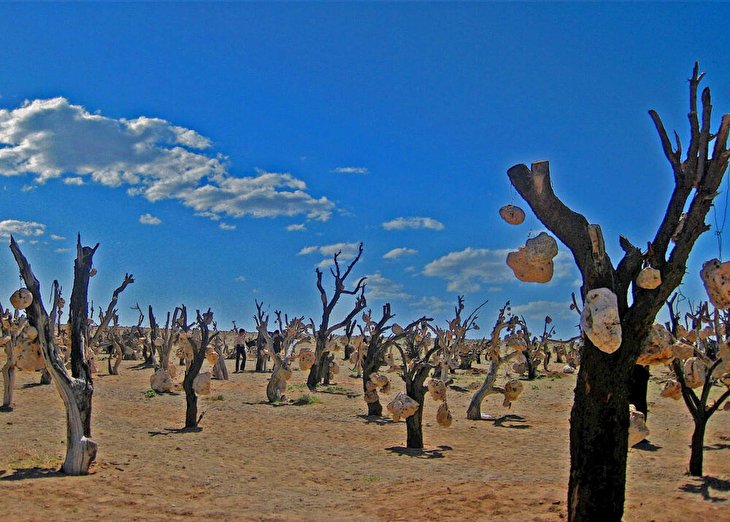
Threats and Opportunities: US Foreign Policy toward Middle East under Trump
TEHRAN (Basirat)- Contrary to what is often believed, US direct military presence and offensive approach under Trump, the same as Bush era, will provide the Islamic Republic of Iran with more opportunities not threats.

Contrary to what is often believed, US direct military presence and offensive approach under Trump, the same as Bush era, will provide the Islamic Republic of Iran with more opportunities not threats.
By Hassan Molaei
After the collapse of the Union of Soviet Socialist Republics (USSR) in 1991, containment and invasion became two sides of the same coin of a "unipolar international security” for the US. Containment of Russia through the European Union, containment of China through cooperation with Beijing’s southeast Asian rivals, including Japan, South Korea, the Philippines and Malaysia, and containment of Iran via the Persian Gulf Cooperation Council were among Washington’s main strategies in order to push ahead with its global policies.
But this US policy did not yield the desired results in the Middle East and faced many challenges there where the Americans had to contain Iran’s growing power and simultaneously deal with threats like al-Qaeda in Afghanistan and Saddam Hussein in Iraq. And today they are trying to tackle the threat of their own product Daesh (ISIL or ISIS) and extremism which are spreading across the Arab countries, Europe and even the US itself. But this is what can concurrently reinforce Iran’s position in the region. This has made the US foreign policy complicated and multi-dimensional with respect to issues related to the Middle East in a way that no one can expect a specific output from each policy adopted by the US toward the region. Therefore, the regional playground has been in a state of limbo and the players almost do not have a clear understating of their behavior and role of one another.
Although the policy of containment has a conservative nature in the above-mentioned areas but it remains jelly and ambiguous in relation to the Middle East and has been changing its direction between the two poles of invasion and conservation. The apex of the containment policy via invasion was between 2001 and 2008 when Americans were both trying to isolate Iran politically and ideologically and also increasing and maintaining their military pressure on Iran. Moreover, the peak of conservative containment policy was between 2009 until 2016 when US President Barack Obama adopted "Don’t Do Stupid Stuff” foreign policy. In fact, the US from 2009 until now has been seeking to limit Iran’s power through less expensive and complex methods like economic sanctions, last year’s nuclear deal (JCPOA) and proxy wars.
Each of the US strategies has brought about different opportunities and threats for Iran:
1) The policy of "Leading from ahead”, the United States’ direct and active presence in the region adopted in Bush era, has always acted as a bumper between the rivalries of the revolutionary Iran and conservative Arab states and de-escalated their competition. Therefore, role of the US as a mediator in the region can help reduce tensions between Iran and Saudi Arabia.
2) This policy added to the attraction of the Islamic Republic of Iran’s discourse in mobilizing allies to fight against US military presence in the region. They also gave more credibility to Iran’s military and political activities in the region.
3) US active and direct military presence in the region increased anti-US sentiments and brought about Arab states’ alliance with Iran to some extent.
4) When American soldiers are within reach, US gets involved in the Arab world’s issues like extremism and terrorism more seriously and this can be seen as an effective measure to soften the Arab countries’ stance on not supporting terrorist groups in favor of Iran’s regional interests.
5) US direct military presence in the region, in Iraq and Afghanistan in particular, can prepare the ground for Iran to mount pressure on the US.
6) Pursuing confrontational military and radical polices toward Iran by the US will eliminate the possibility of building an anti-Iran consensus among other countries that will pressurize Tehran economically and politically.
7) However, US direct military presence in the region and the Persian Gulf may increase the possibility of a limited and direct conflict between Iran and the US. This issue makes the issue of Iran’s further investment in producing strategic weapons reasonable.
On the contrary, it seems that the policy of "Leading from behind”, which was pursued under Obama, has more threats rather than opportunities.
1) Iran-Saudi confrontation peaked by this US policy toward the region. With the least cost possible, Washington managed to impose the most political and military cost against Iran. However, this costed Saudi Arabia and other US allies dearly as well.
2) This policy also deprived Iran of its productive competition with the US in the Arabic-Islamic world and replaced it with national rivalries and tensions with regional states.
3) The issue of withdrawal of US troops from the region and Iran’s shining power have struck fear into the hearts of the Islamic Republic’s certain neighboring countries, those that for years hid behind the US wall of military presence.
4) Washington, via resorting to more moderate behaviors, managed to rally an international consensus against Iran, even from among Iran’s allies like Russia and China, and impose anti-Tehran economic sanctions.
5) The only opportunity created by this policy was a lesser possibility for Iran-US military confrontation.
In general, it seems whenever US policy makers have a reductive look at the Middle East’s complicated issues, the more Iran is provided with opportunities. Moreover, US president-elect Donald Trump, who has decided to take a more transparent stance on regional issues including fighting Daesh in Syria, confronting Iran’s influence in the region and redesigning the nuclear deal, will not be able to achieve his desired goals by increasing the US direct intervention in the Middle East.
Therefore, it seems that Trump’s foreign policy toward the Middle East will have many ups and downs. At first in an amateur move, he will try to gain the upper hand in the region by a more active presence in the region, then gradually will become more cautious, realizing the complications of the region. Later, he will move toward partial cooperation with other countries.
Contrary to what is often believed, US direct military presence and offensive approach under Trump, the same as Bush era, will provide the Islamic Republic of Iran with more opportunities not threats.
